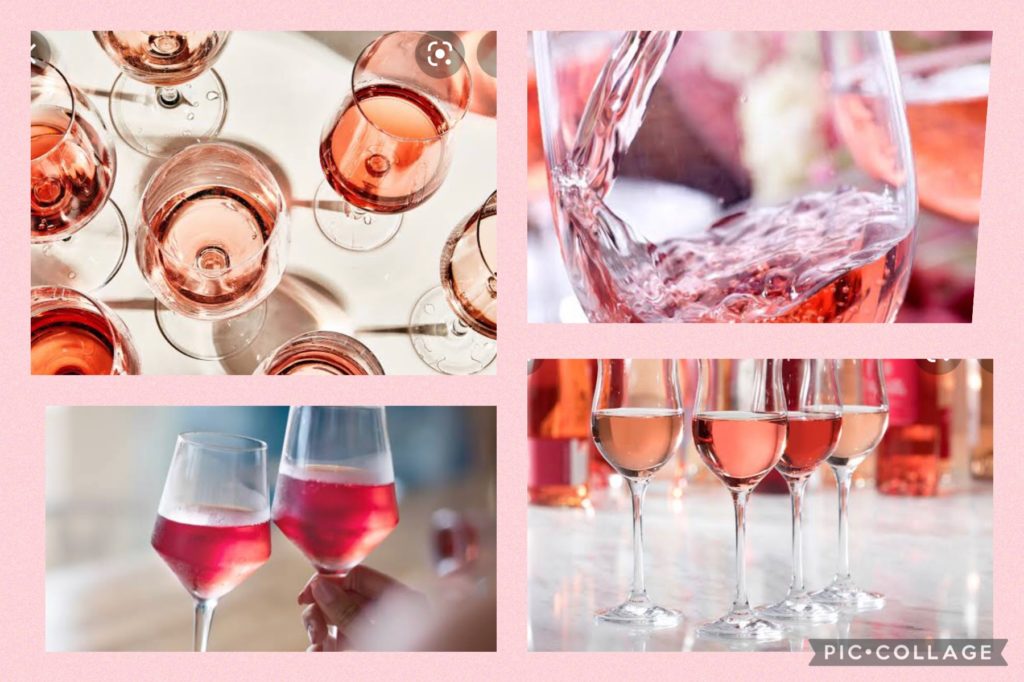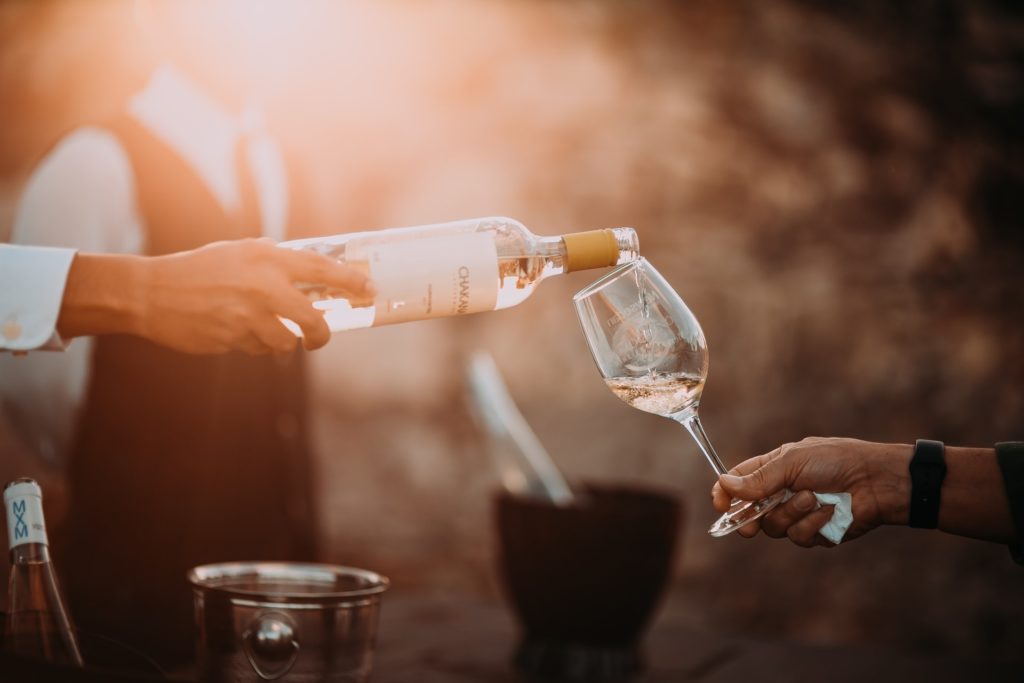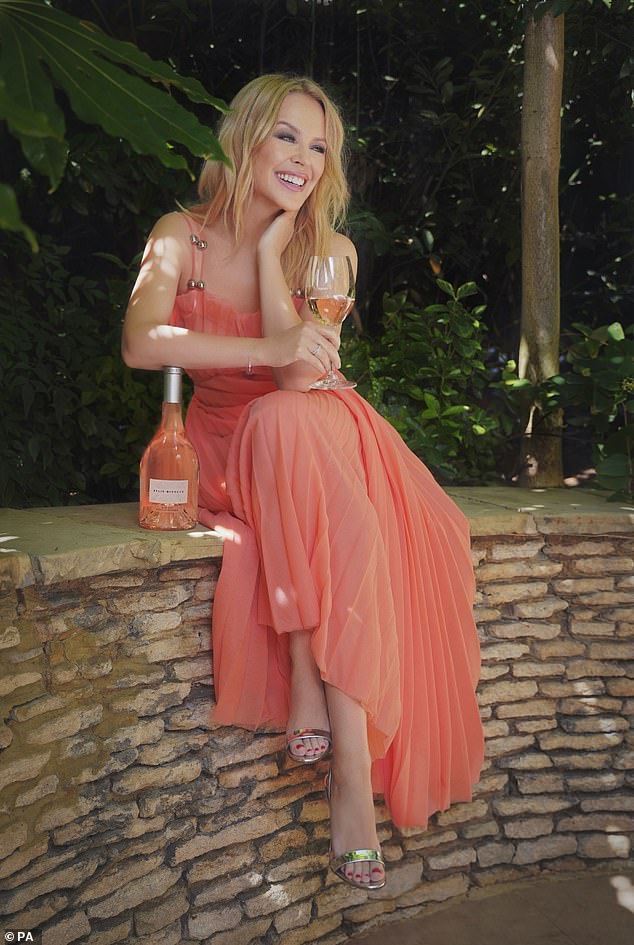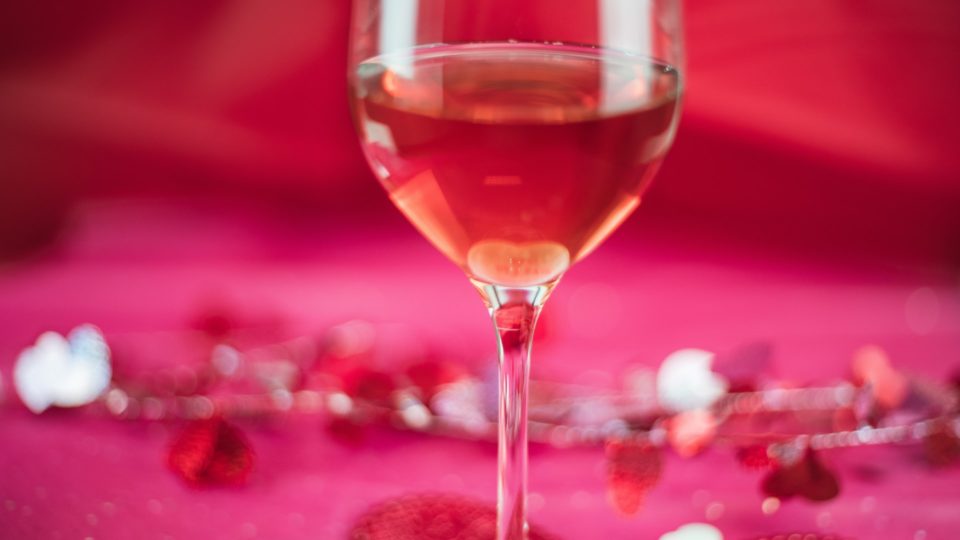Blush rush: The rosé wine wave continues…
… And India joins the party, as wine companies and retailers see growing interest in rosé wine across all styles and price points
It’s the wine world’s big pink wave that does not seem to abate.
After tracking the extraordinary growth story of rosé wine over the last several years, I can say it seems quite clear that the rosé revolution is here to stay. Way back in 2013 when I visited AOC Coteaux d’Aix-en-Provence’s Chateau Pigoudet, the trend was on the rise. Manager Aurelien Pont had told me how the CIVP (Provence Wine Council) was collaborating with Provençal wine producers to give rosé its long-overdue image makeover and marketing push. Rosé had hitherto been regarded as ‘non-serious’ or ‘cheap-and-cheerful,’ an easy quaffing beverage. This push included in-depth research and surveys on rosé by the Centre de Recherche et d’Expérimentation sur le Vin Rosé which was created in Var in 1999.
How things have changed in the last few years.
Of course, affordable, simple dry rosé still abounds (as does its sweeter avatar from the US, the oddly-named White Zinfandel). But rosé wine’s successful lifestyle-linked marketing across social media platforms, especially the visual-driven Instagram has upped the perception of rosé wine vastly. Of course, it helps that some of the world’s favourite celebrities are associated with rosé, as owners or promoters. The CIVP created a specialised website Rose Wine World Tracking in 2002. This website gathers details, crunches numbers and puts the whole thing together in a series of niftily-illustrated market analyses, offering data to show rosé’s growing seriousness as a wine style. The website which gathers data from consumer panels and qualified wine professionals offers some key points to note:

Pretty in pink: rosé wines have visual allure. Main pic: Luke Southern/Unsplash
- More than 1 in 10 bottles of wine consumed worldwide was a rosé
- France continues to lead the world in rosé wine consumption (‘a deep-rooted trend”) followed by the US.
- As if their thirst for rosé wasn’t enough, France also leads in rosé imports by volume (though the US leads in value).
- The biggest consumers of rosé, the French (2019 figures) consume 15.1 litres of rosé per capita.
- France is the biggest producer of rosé wine (24%) followed by Italian rosato (19%) and Spainish rosado (14%). Together these 3 countries produce half the rosé made in the world!
- BUT new countries are upping their rosé game. Among countries entering the biz are Austria, Chile, Hungary and Moldava. And lots more from the New World are already there.
- In 2019, the ex-cellar price of a bottle of rosé grew 54% over a 10 year period to € 3.7 (France), 59% to € 2.1 (Italy)… so people are not just drinking more rosé, they are drinking better rosé.
In France and around the world
Say ‘French rosé’ and everyone assumes you must be talking about the blush-pale pink wine of Provence. Unsurprisingly, 91% Provence production is rosé, 38% of which is produced in the top appellations Cotes de Provence, AOC Coteaux d’Aix-en-Provence and AOC Coteaux Varois en Provence.
Sadly, Provence suffered from fires in August 2021 which have all but destroyed several production houses and affected the industry. But such is the power of the pink wine, that this is unlikely to impact its popularity and sales though prices of Provence wines may be affected.

Pic: Douglas Lopez/Unsplash
Celeb power
Celebrities continue to put their name to rosé-producing estates, primarily located in the south of France. Most of the top celebrity rosé brands happen to be from these regions. The pioneering celebrity rosé Chateau Miraval (Provence/Pitt-Jolie) was quickly followed Hampton Water (Languedoc/Jon Bon Jovi), Kylie (Provence/ Kylie Minogue), LVE (Provence/ John Legend) Maison No 9 (Provence/Post Malone) among many others.
France also boasts of the most expensive rosé wines made, with Provence leading with Chateau Miraval’s Muse (from $250, magnum) and Chateau d’Esclans, maker of Whispering Angel, which has Garrus (from $100). Languedoc has Gerard Bertrand’s Clos du Temple (from $230), the priciest. Bertrand is a self-confessed champion of rosé wine and is now making wine for several celebrities like Bon Jovi. Not to be outdone, luxury fashion brands like Chanel (Domaine de l’Île) and LVMH (majority stakeholder in Chateau d’Esclans) have jumped onto the rosé bandwagon. This underlines rosé’s association with the luxury lifestyle. In France, the Loire Valley and the Rhone Valley’s Tavel are also strongholds for rosé wine. Spain’s traditonal rosé region, Navarra is not alone, as other regions including Rioja also make rosés. Italy’s Veneto, Puglia and Abruzzo have historical links to rosé winemaking. Newer extrants include Australia, South Africa, the USA and several others.

And of course, with its warmer weather, Mediterranean (fresh veggies, nuts and cheese) food and top holiday destinations (the French Riviera) rosé’s natural home is in the luxurious lap of France’s southern regions.
Pink in India: steady growth
At the start, red wine-loving India was slow to take to rosé. But in the last 2-3 years, the wine industry has been reporting a steady rise in both interest and sales, of both domestic rosés and those imported from France, Italy and Spain, along with a handful of New World rosés.
For years, wine experts have been propounding the theory that rosé wine is great to match India’s many diverse cuisines. It is true that rosé wines have some of the tannins and flavours of reds without their discernible tannins, yet also has more body than most white wines. Also, its lower alcohol content has meant a better toleration of spice. Yet rosé hitherto featured rarely on restaurant wine lists or indeed, in most producers’ portfolios. This is changing. Sula Vineyards’ The Source, a pale, dry Grenache-based rosé wine, is very much in the pale Provençal style, Fratelli Vineyards’ M/S rosé, a collaboration between the late Steven Spurrier and Italian winemaker Piero Masi is made from Sangiovese, while Grover Zampa Vineyards’ Art Collection rosé is a Shiraz that nails the price-quality ratio.
(more…)

